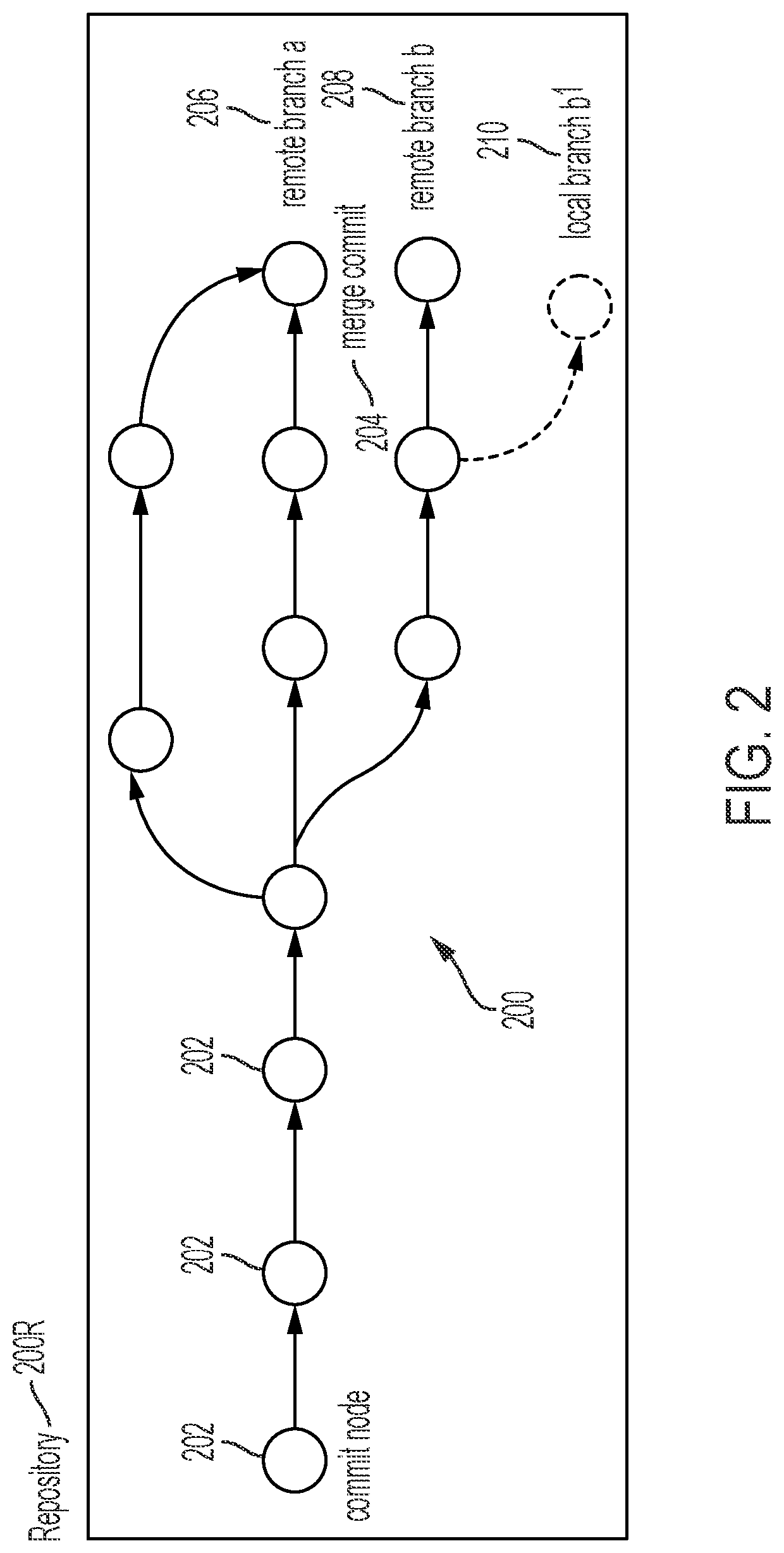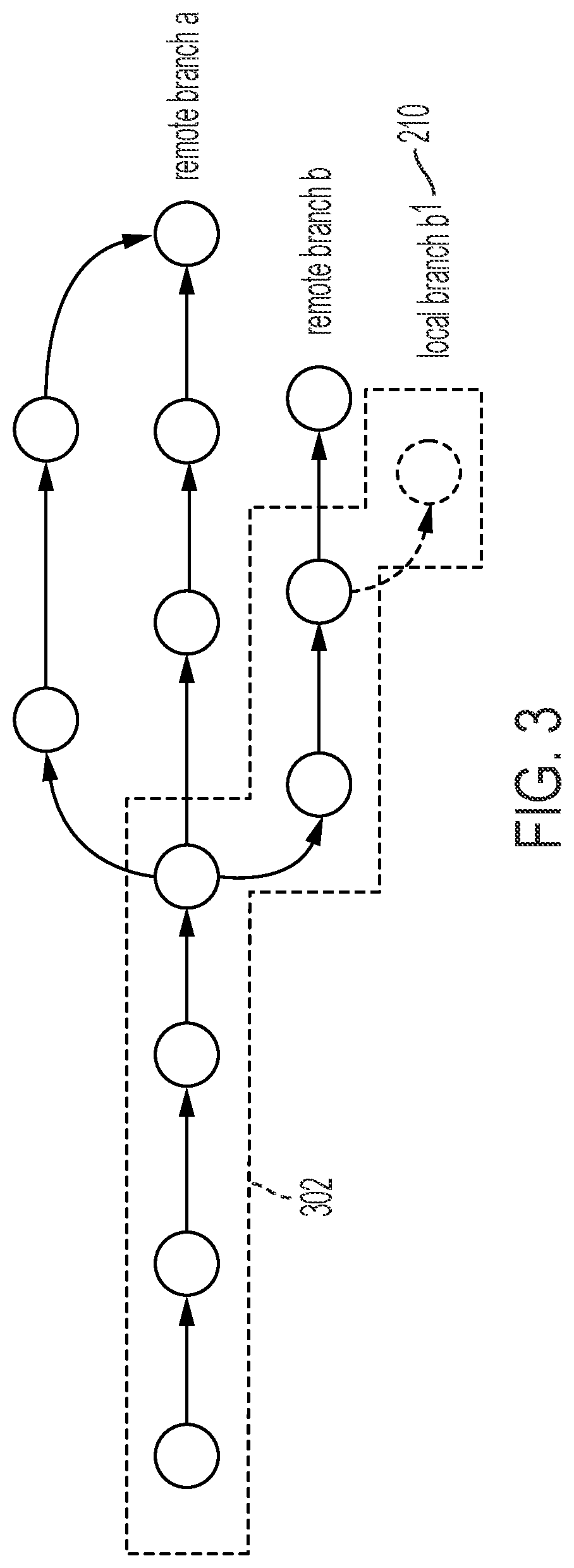High frequency data management (HFDM)
a data management and high frequency technology, applied in the field of collaborative design, can solve the problems of slow performance and complicated workflow, prior art collaborative systems fail to store data in an efficient, fast, accessible manner, and many people simply don't know, and achieve the effect of low latency and little bandwidth
- Summary
- Abstract
- Description
- Claims
- Application Information
AI Technical Summary
Benefits of technology
Problems solved by technology
Method used
Image
Examples
Embodiment Construction
[0035]In the following description, reference is made to the accompanying drawings which form a part hereof, and which is shown, by way of illustration, several embodiments of the present invention. It is understood that other embodiments may be utilized and structural changes may be made without departing from the scope of the present invention.
Motivation
[0036]The majority of content creation applications (CAD, OFFICE Document, Spreadsheets, Video, Audio, Forms, etc.) will involve a certain amount of client side and server side computation. For example, a two-dimensional (2D) or three-dimensional (3D) design product may be composed of a client-application with real-time editing features, and cloud services (for example machine learning, rendering, geometry or image generation). In the presence of high latency / low bandwidth environments, whenever possible, a granular, partial update of results is preferable to provide fast feedback to the user. This applies to use cases involving se...
PUM
 Login to View More
Login to View More Abstract
Description
Claims
Application Information
 Login to View More
Login to View More - R&D
- Intellectual Property
- Life Sciences
- Materials
- Tech Scout
- Unparalleled Data Quality
- Higher Quality Content
- 60% Fewer Hallucinations
Browse by: Latest US Patents, China's latest patents, Technical Efficacy Thesaurus, Application Domain, Technology Topic, Popular Technical Reports.
© 2025 PatSnap. All rights reserved.Legal|Privacy policy|Modern Slavery Act Transparency Statement|Sitemap|About US| Contact US: help@patsnap.com



